The Golden Records, Voyager's Golden Message - A Cosmic Time Capsule | (Tue 10 Dec 2024 22:00)
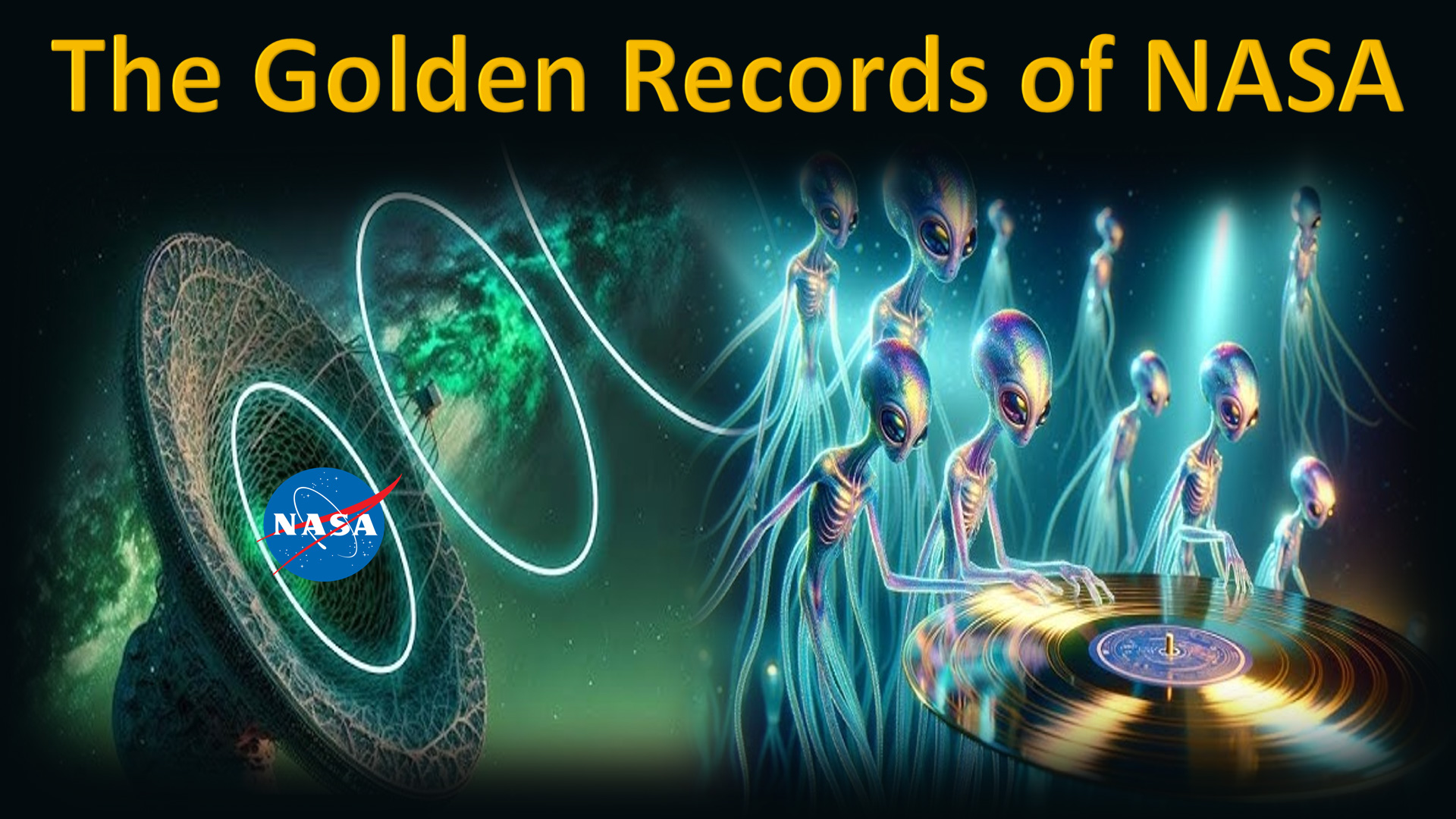
Once upon a time, in the vast reaches of space, there was a message—a gift, really—that was sent from Earth. This message wasn't written on paper, nor was it a letter tucked inside an envelope. It wasn’t even a digital file. Instead, it was a golden record. And this wasn’t just any record—it was a collection of sounds, music, and images, meant to speak to whoever might be out there, far beyond our planet, in the farthest corners of space.
This message came from NASA, the organization that sends rockets into the sky, explores planets, and dreams about the stars. In the 1970s, two spacecraft, Voyager 1 and Voyager 2, were being prepared for a historic journey. These spacecraft were about to leave Earth and travel into the unknown, beyond the solar system, never to return. But before they left, NASA had an idea: Why not send something along with them? Something that would tell the story of who we are, where we come from, and what we believe in, in case someone—or something—else in the universe ever found it?
The Golden Records: The Cosmic Time Capsule
The idea of the Voyager Golden Records came from Carl Sagan, one of the most famous scientists and astronomers of all time. Sagan had a dream—he wanted to make sure that no matter how far Voyager traveled, if it ever encountered intelligent beings, they would know that Earth existed. So, he and his team put together a collection of sounds, images, and music—a time capsule meant to represent humanity at the moment of its greatest scientific achievement.
The golden record was made of gold-plated copper and looked like a shiny vinyl record. It was designed to withstand the harsh environment of space, keeping the message intact for billions of years. The record itself was about the size of a dinner plate—12 inches in diameter. But what was even more important was what was etched onto its surface.
The first thing you’d notice about the record was the label. It wasn't a typical label you’d find on a music album; it was a symbol designed to be understood by any intelligent life form, even if they didn't speak our language. The label showed a diagram of where the Voyager spacecraft came from—our solar system—and how to play the record. After all, the beings who found it wouldn’t know how to play a record unless we told them!
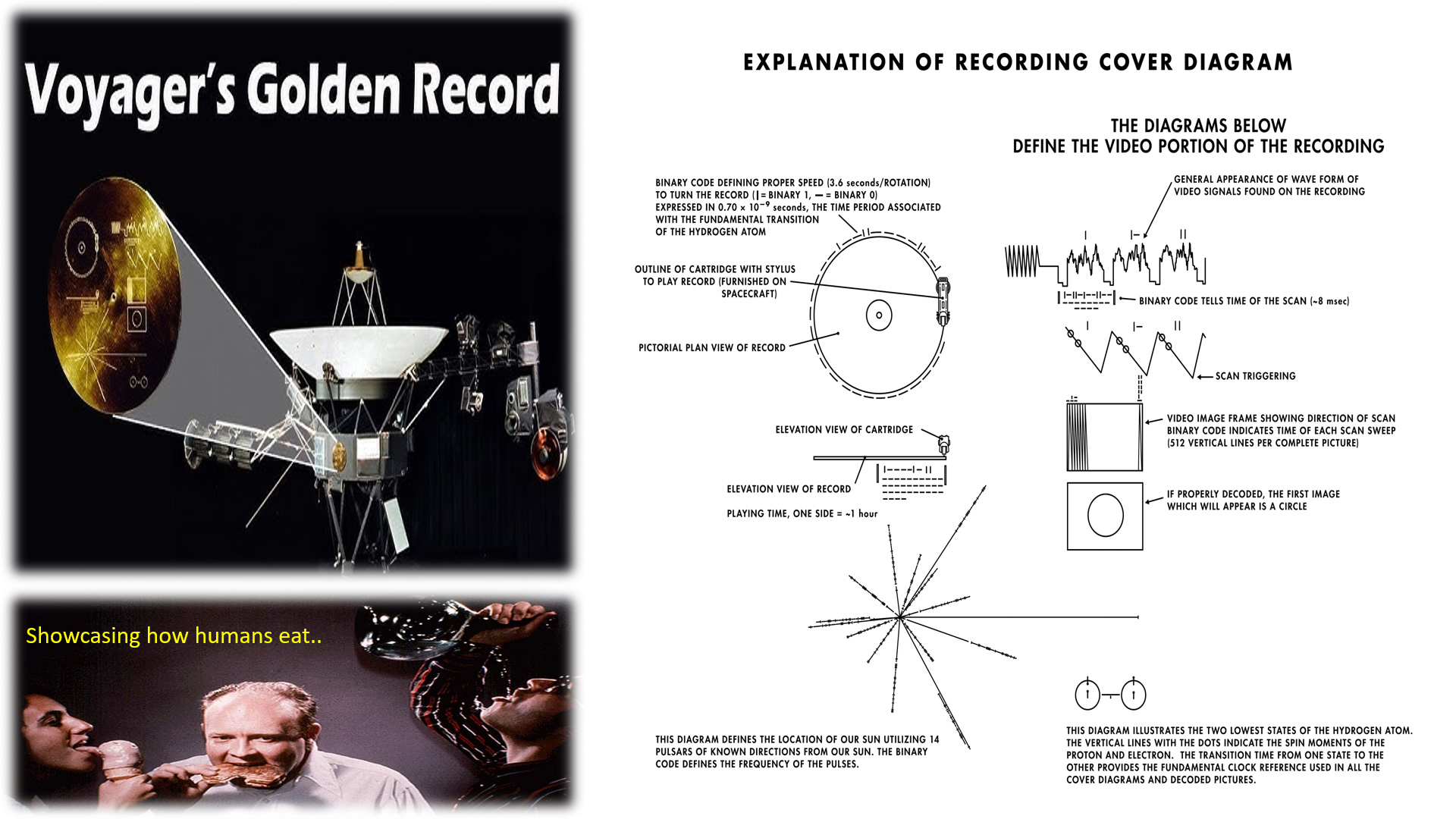
The Sounds of Earth: A Snapshot of Our World
What was included on the record? Well, to start, there were sounds from Earth—some of the most iconic sounds of our planet. You could hear the sound of a human heartbeat, the laughter of children, and the call of a humpback whale. There was the sound of thunder, the rustling of leaves, and even the voice of a young girl saying, “Hello.” These sounds were chosen to show the variety of life on Earth: the natural world, our human experiences, and the rich diversity of our planet.
There were also greetings in 55 different languages, from ancient languages like Sumerian to modern ones like Mandarin. Each greeting said something along the lines of "Hello" or "We come in peace," as if to offer a universal message of friendship. Imagine being an alien and hearing these warm, welcoming words floating through space! The idea was that, no matter where the record was found, whoever discovered it would understand that it came from a planet full of life, diversity, and goodwill.
But the most exciting part of the Golden Record was the music. Carl Sagan and his team selected pieces of music from different cultures and times, showcasing the artistic achievements of humankind. The music included classical pieces like Bach’s The Brandenburg Concerto and Beethoven’s Fifth Symphony, but also included folk songs, traditional music, and even a piece by the famous musician Blind Willie Johnson. There was a piece from the Balinese Gamelan, and a traditional Peruvian tune played on panpipes. In total, there were 27 tracks—each one carefully chosen to reflect the musical diversity of Earth.
Images: A Visual Snapshot of Humanity
But the record wasn’t just about sounds. There were also 116 photographs and diagrams, which were etched onto the record. These images were meant to show what life on Earth was like. They included pictures of our planet, showing the Earth from space, as well as images of our people, animals, and plants. There were also images of our achievements—pictures of the pyramids of Egypt, the Great Wall of China, and our space missions. And, of course, there were pictures of science and technology, like diagrams of DNA, the structure of atoms, and a human being shaking hands with a robot.
These images were encoded in a format that could be decoded by the alien civilization who found them, assuming they had the technology to do so. The idea was to create a snapshot of Earth, a cosmic message that captured the beauty and complexity of our world, so that no matter who found it, they would have a clear sense of who we are.
Voyager’s Journey: Into the Unknown
On August 20, 1977, Voyager 2 was launched, followed by Voyager 1 shortly after. Their mission was simple: to explore the outer planets—Jupiter, Saturn, Uranus, and Neptune—and then continue their journey out of the solar system. Voyager 1, which was launched with the Golden Record aboard, would go on to become the farthest human-made object from Earth. By now, Voyager 1 has left our solar system and is traveling into interstellar space, where it will drift for billions of years, carrying our message along the way.
For decades, the Voyager spacecraft have sent back valuable data and stunning pictures of distant planets, moons, and rings. They have made discoveries about the outer reaches of the solar system and beyond, and they continue to send faint signals back to Earth, even though they are far beyond the point where most scientists believed they would still be functional. Voyager 1, in particular, is still sending back signals after more than 40 years of travel—a testament to human ingenuity and the will to explore.
What If the Golden Record Is Found?
As Voyager 1 travels through space, it is carrying the Golden Record far beyond the reaches of our solar system. But what if one day, millions or even billions of years from now, an alien civilization discovers it? What would they think?
The scientists who designed the Golden Record didn’t know if anyone would ever find it. They didn’t even know if anyone could find it. The distances in space are so vast that it’s almost impossible to imagine how any civilization could stumble upon it. But that’s part of the beauty of the Golden Record. It was sent with the hope that one day, someone—or something—might find it, and that they would understand a little bit about who we are as a species.
In the unlikely event that the Golden Record is discovered, the beings who find it might be able to decode the images and sounds. They would learn about the diversity of life on Earth, the history of our civilization, and the dreams we have for the future. It’s a long shot, but it’s a message that says: "We were here. We existed. And we sent this to you, across the stars, hoping to make contact."
The Legacy of the Golden Records
The Voyager Golden Records have become a symbol of humanity’s hope, curiosity, and spirit of exploration. They represent not just the scientific achievements of our civilization, but our desire to reach out beyond ourselves, to make a connection with something bigger. They are a reminder that, even though we are small in the grand scheme of the universe, we have the ability to send a message across time and space.
As Voyager 1 and Voyager 2 continue their journey into the vast unknown, the Golden Records will remain silent, waiting for a day when they are discovered—perhaps in a distant future, by beings whose ancestors may have been traveling through the cosmos for millennia. In the meantime, the Golden Records serve as a legacy of our time, a gift to the universe, and a symbol of the boundless curiosity and wonder that defines humanity.
And so, the Golden Records continue their journey, far from Earth, drifting ever outward, carrying the story of our world into the stars, for as long as time allows.
The End... or perhaps just the Beginning?
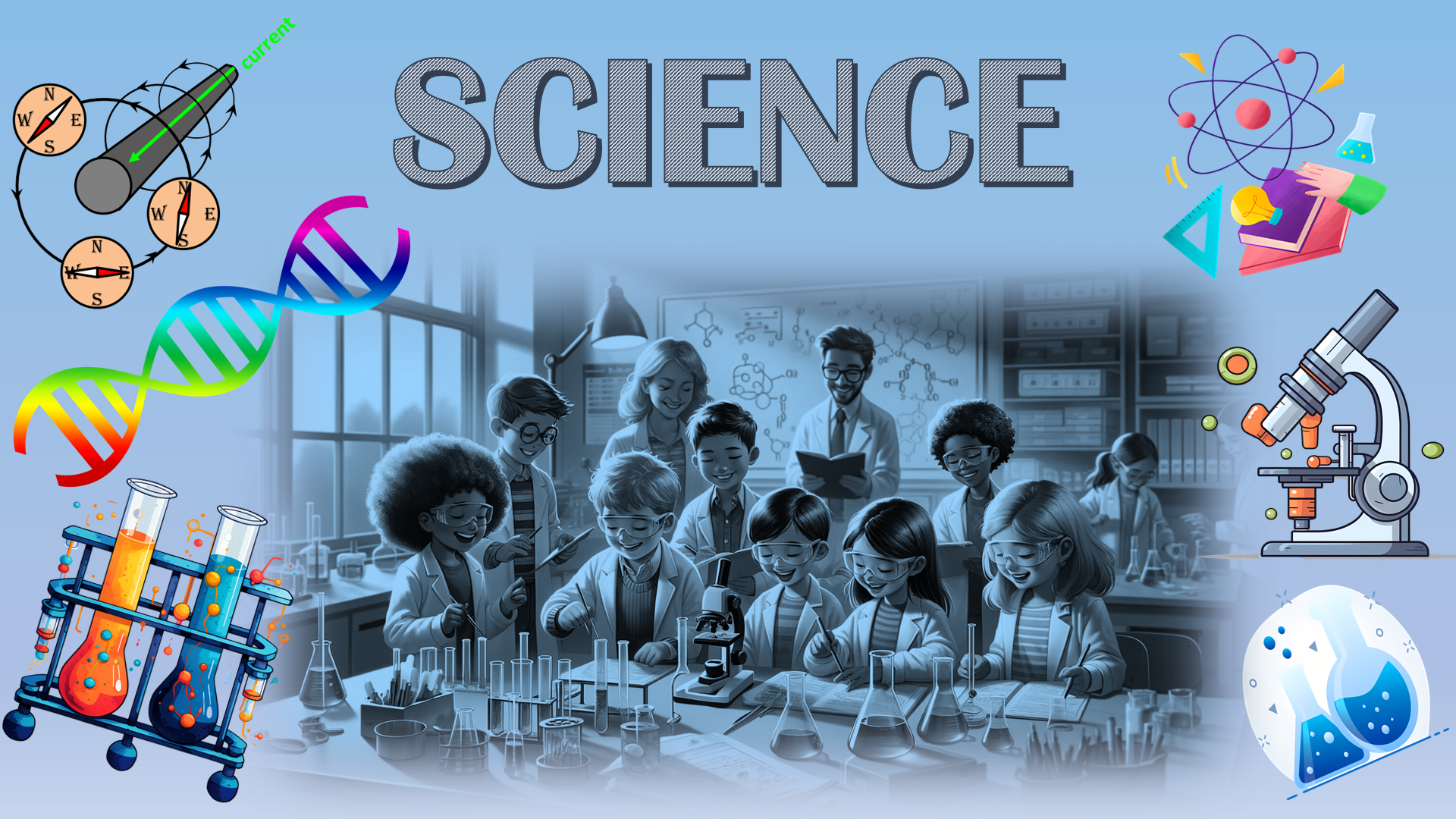
Physics, Chemistry, Biology and Geography.

Computer Programming, languages & their frameworks.

Economics, Accounts and Management.

Reviewing old and new books.
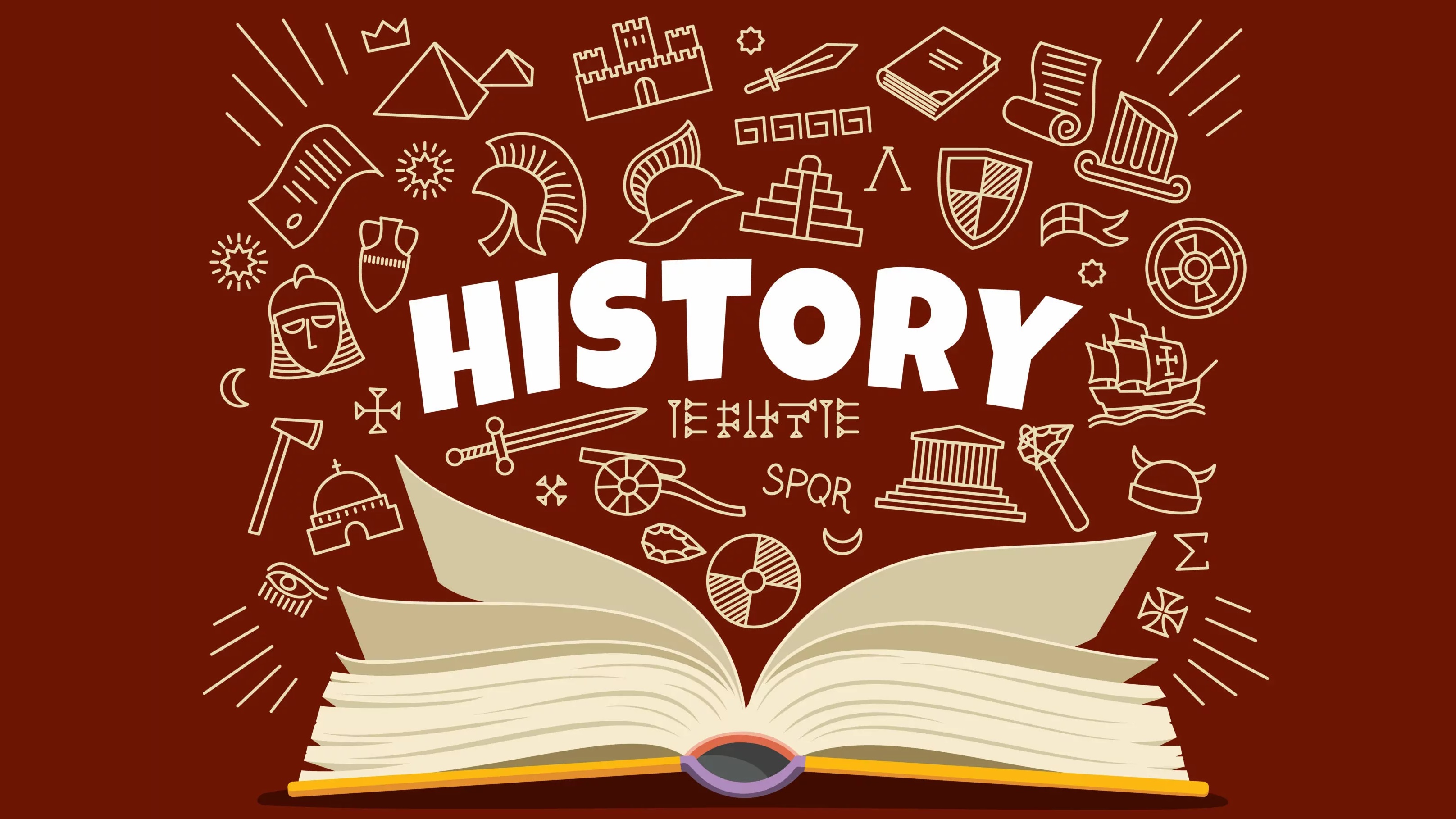
Ancient, Medieval, Modern, World History.

Indian Constitution, Politics, Policies, etc.
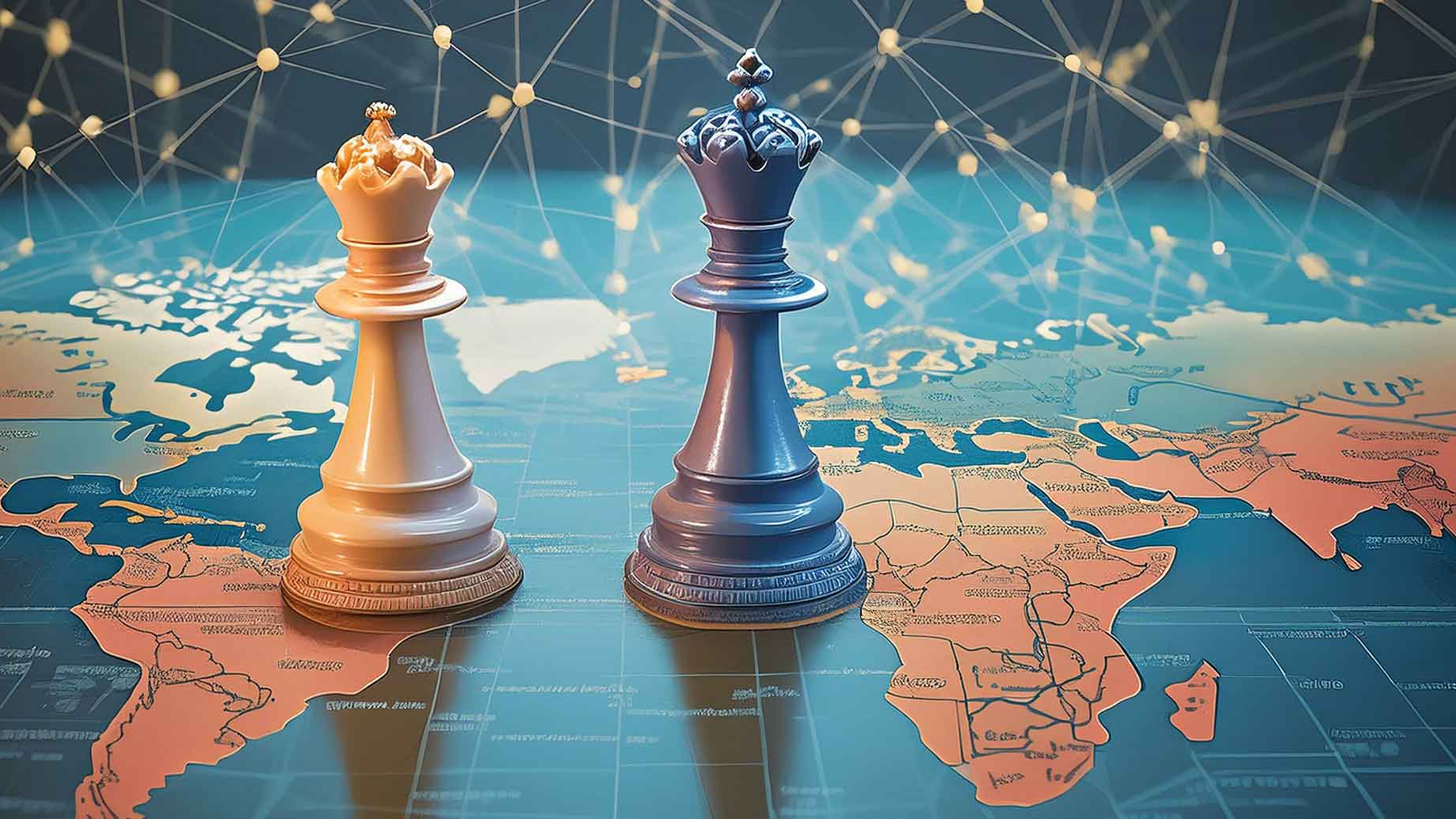
Everything related to International Affairs.

For all humanities topics, except History & Polity.
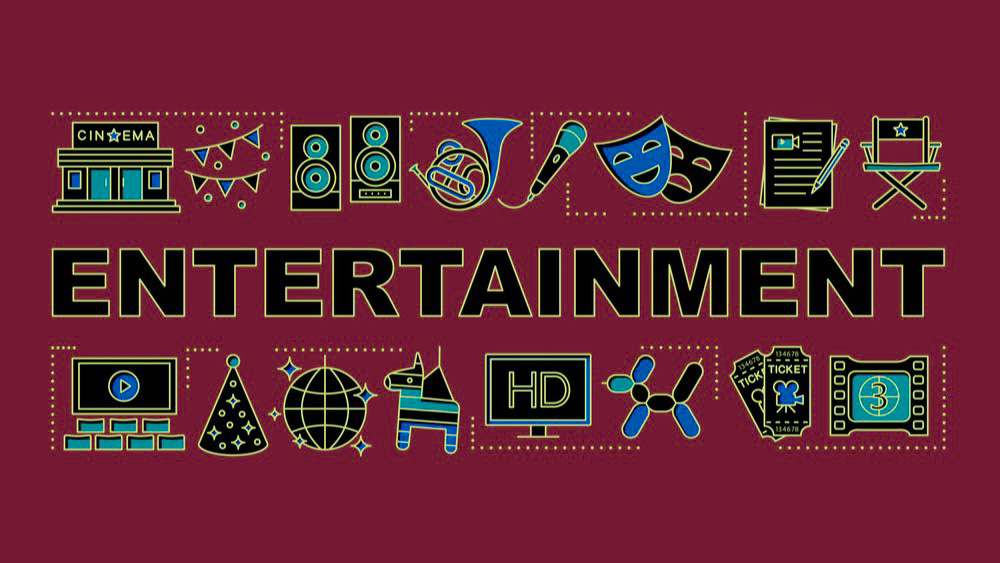
Anything related to entertainment industry.

Mainly Cricket but other sports too.
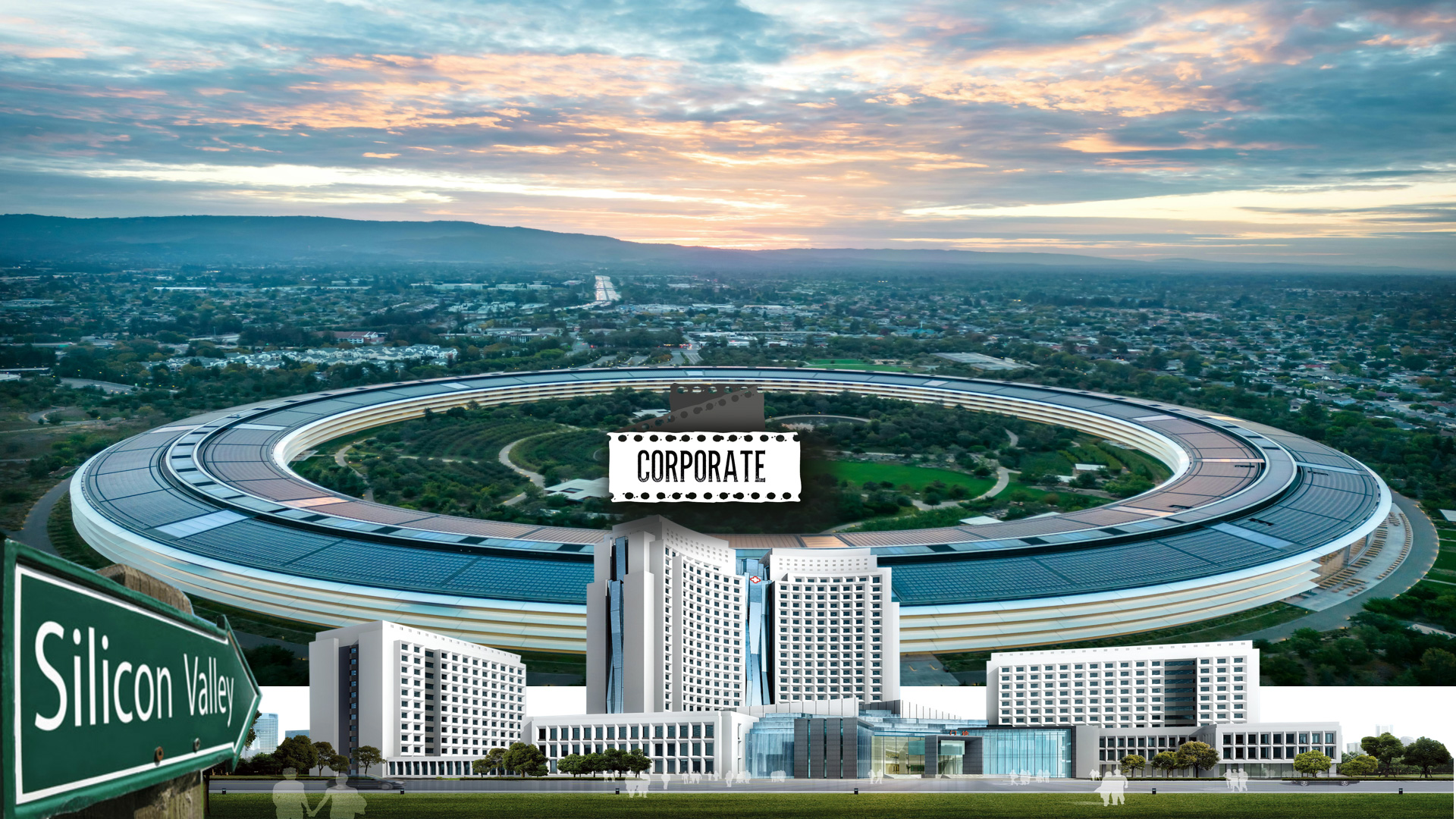
CS, IT, Services & Corporate Sector.
Comments
No comments yet. Be the first to comment!
Leave a Comment